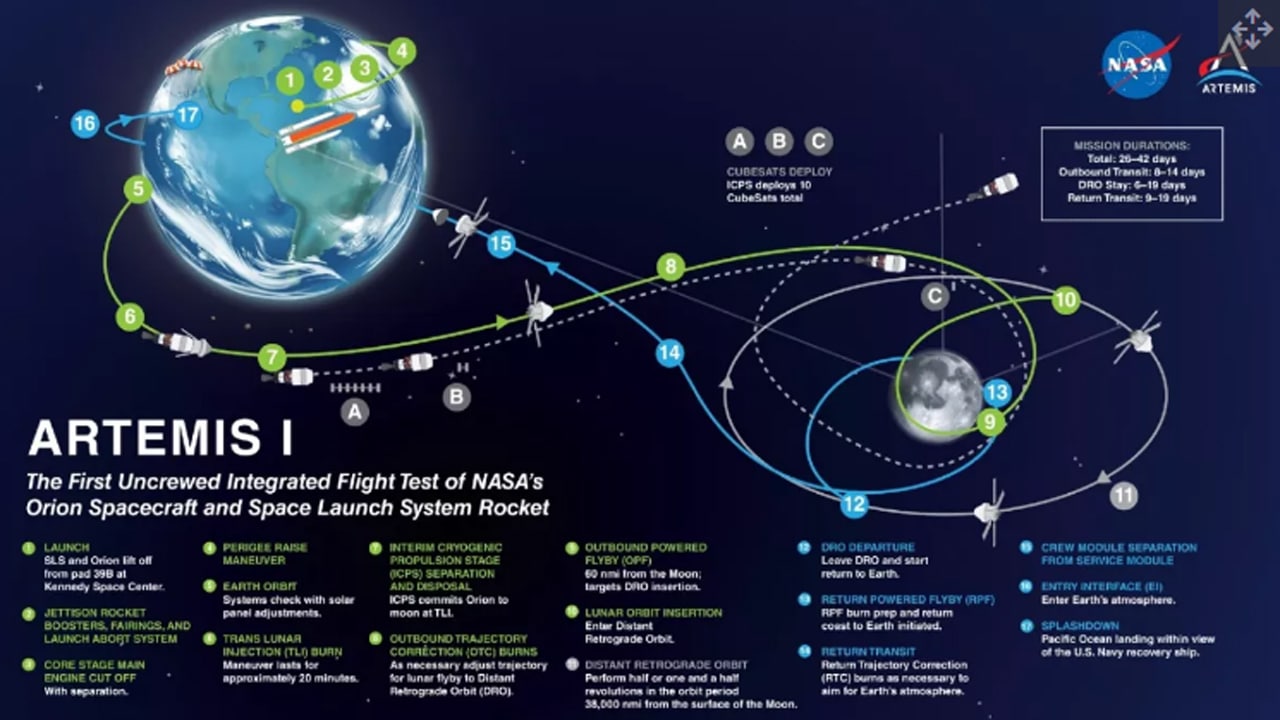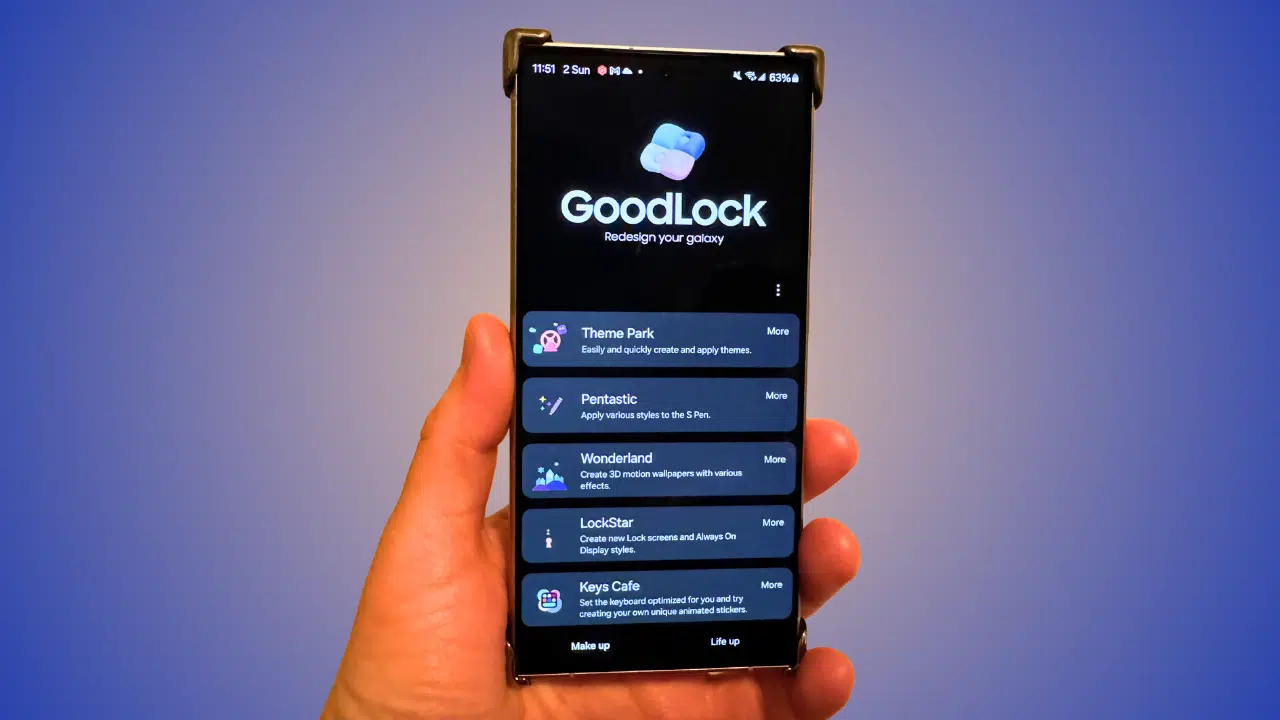NASA on Monday approved its Artemis 1 mission to conduct an unattended test flight around the moon next week. The liftoff is scheduled for Monday, August 29, in a two-hour window that opens at (20:33GMT).
The historic mission, the first in NASA’s Artemis program to return astronauts to the moon, will lift off from pad 36B at Kennedy Space Center in Florida. This will be the maiden flight of the Space Launch System (SLS) Megarocket, NASA’s most powerful rocket ever, and a key test of its Orion spacecraft.
JOIN TIP3X ON TELEGRAM
Artemis 1 will launch a 98-meter SLS rocket and its Orion capsule on a 42-day mission around the moon and back to Earth. NASA called the test flight its first mission to return to the moon with a crew-capable spacecraft in nearly 50 years, and the first new vehicle of its own since NASA retired its space shuttle fleet a decade ago.
According to NASA’s plan, Artemis 1 will lift off from launch pad 39B, the same launch pad used by the Apollo 10 mission to orbit the moon in 1969, and will take about a week to reach lunar orbit, where it will stay for about for a month, then return to Earth on October 10.

“This is the first flight of a new rocket and a new spacecraft,” Mike Sarafin, NASA’s Artemis 1 mission manager, told reporters. “We’re doing a very difficult thing, and it does have inherent risks in it.”
NASA will perform manned flight on the Artemis 2 mission, which is expected to fly in 2024. The Artemis 3 mission will be the first crewed Artemis mission to the moon, with a goal of sending astronauts to one of 13 candidate sites on the moon’s south pole in 2025 using a SpaceX Starship lander. However, both tasks are of course dependent on the Artemis 1 test results.
NASA currently has three chances to launch Artemis 1 in the current flight window, which opens on August 29. The fallback dates are Sept. 2 and Sept. 5, and NASA is expected to outline its launch strategy after a launch readiness review meeting this Saturday.
Moreover, Artemis 1 mission was proposed in 2012, and the “Artemis” plan seeks to achieve “the moon’s south pole landing” and “the establishment of a sustainable lunar base” and other further lunar explore. Artemis 1, critical to NASA and its manned lunar exploration program, will be the first flight of the SLS rocket and the second Orion mission.
Artemis 1 was originally scheduled to launch in 2017, but was delayed until the end of 2019 due to improvements in the design of the manned spacecraft, and has been delayed until now due to other reasons such as the epidemic.







